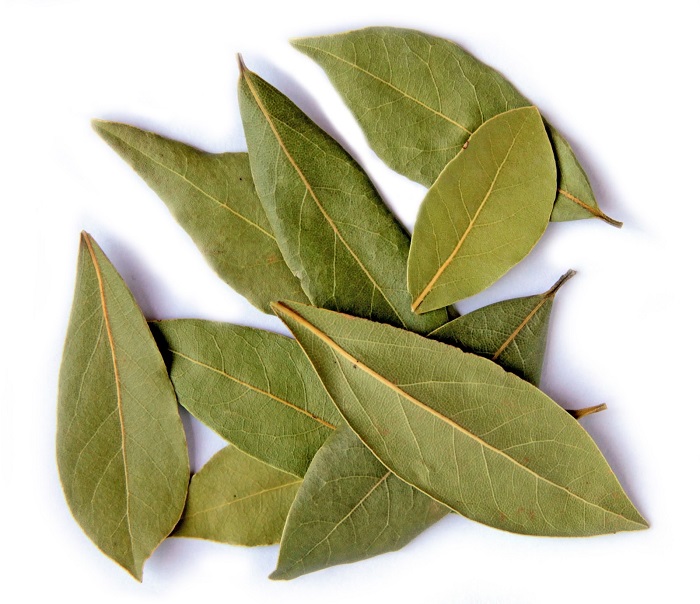
Bay leaf is a popular herb used in savory dishes to add a minty and peppery flavor. It is commonly used in dishes with liquid, such as broths, tomato-based sauces, and soups. Bay leaves are low in sodium and rich in vitamins, minerals, and antioxidants, making them a healthy addition to your meals.
When it comes to nutrition, one tablespoon of bay leaf provides 6 calories, 0.1g of protein, 1.4g of carbohydrates, and 0.2g of fat. It also contains important nutrients like iron, magnesium, and vitamin A. The carbohydrate content in bay leaf is mostly fiber, while the fat content is minimal. It is low in proteins as well.
Bay leaf offers several health benefits. It is a good source of antioxidants, which protect against oxidative stress caused by free radicals. The phytochemicals present in bay leaf, such as flavonoids and proanthocyanidins, contribute to its antioxidant properties. Additionally, bay leaves have antibacterial and antimicrobial properties, which can help fight against foodborne illnesses caused by various bacteria.
Some preliminary research suggests that bay leaf extracts may have anti-cancer properties, particularly in preventing early events in colorectal cancer and inhibiting cancer cell growth in breast cancer and leukemia. Bay leaf may also aid in controlling type 2 diabetes by helping regulate blood sugar and fats in the bloodstream. It may even help balance cholesterol levels by reducing “bad” cholesterol and increasing “good” cholesterol.
When using bay leaves in cooking, it’s important to note that they should not be consumed whole as they cannot be digested and may cause harm if ingested. It is safer to use chopped or ground bay leaves in typical food amounts. Different varieties of bay leaves, such as the bay laurel, California bay leaf, Indian bay leaf, Indonesian bay leaf, West Indian bay leaf, and Mexican bay leaf, offer slightly different tastes and can be used fresh, dried, ground, or whole.
To store bay leaves, freezing is often recommended as it helps retain their flavor better than storing them in a spice cabinet. When preparing dishes, you can add ground or dried whole bay leaves during simmering, but many prefer using a whole leaf and removing it before serving to avoid consuming the leaf itself.
In conclusion, bay leaf is a versatile herb that adds flavor to dishes while providing various health benefits. Its low calorie content, along with the presence of iron, magnesium, and vitamin A, makes it a nutritious choice. Incorporate bay leaves into your cooking to enhance the taste of your meals and enjoy their potential health-boosting properties.